Categories(658 Blogs)
Select Category
Watch Right Now
Teacher App - Class
Schedule & Attendance Management App
Parent App from Edsys

Best School Bus Tracking System

Cashless School - For Smart Schools of Tomorrow


List of Hottest and Coldest Planets in the Solar System
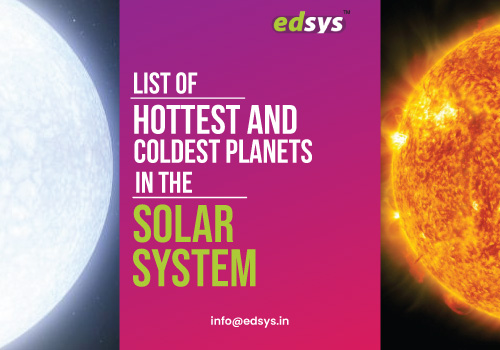
Our solar system consists of 8 planets, 2 dwarf planets (universally known), 575 natural satellites, 796354 known minor planets, and 4143 known comets.
All the components of the solar system revolve around the star, Sun. It is believed that the age of our solar system is 4.568 billion years. The 8 major planets are classified into Giant planets and terrestrial planets. The giant planets are made up of gas or ice. Terrestrial planets, on the other hand, are made up of rocks.
The list of the planets from hottest to coldest and their surface temperatures are in the below table.
| Planet | Surface temperature
(in degree Celsius) |
| Venus | 462 |
| Mercury | -173 to 427 |
| Earth | -88 to 58 |
| Mars | – 87 to -5 |
| Jupiter | -108 |
| Saturn | -139 |
| Uranus | -197 |
| Neptune | -201 |
- Venus
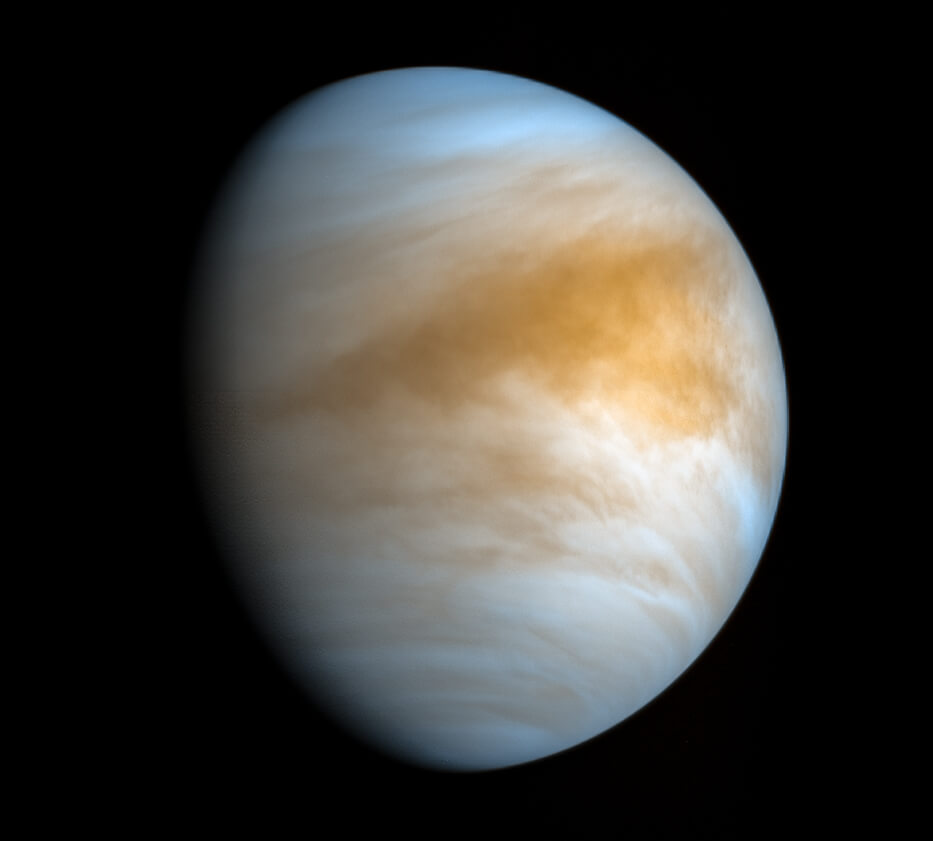
- Structure: Terrestrial planet
- Distance from Sun: 108.2 million kilometres
- Equatorial diameter: 12,104 km
- Polar diameter: 12,104 km
- Equatorial circumference: 38,025 km
- Orbit distance: 108,209,475 km
- Mass: 4.87 × 10 to the power 24
- Time for sunlight to reach the planet from sun: 6 minutes
- Surface temperature: 462 degree Celsius
- Revolution time: 225 Earth days
- Atmosphere: Magnetosphere
- Satellites: No satellites
Venus, the hottest planet of the solar system, is the second planet from the sun. Galileo Galilei was the first astronomer to observe this planet through his telescope and record the findings. It is named after the Greek Goddess, Aphrodite and the Roman goddess, Venus as this planet is the brightest celestial body in the sky. It shines so brightly as it reflects nearly 70% of the sunlight that it absorbs. Venus has retrograde rotation, which means that it moves from east to west in the clockwise direction.A fact about Venus is that the day and night temperatures are the same.
- Mercury
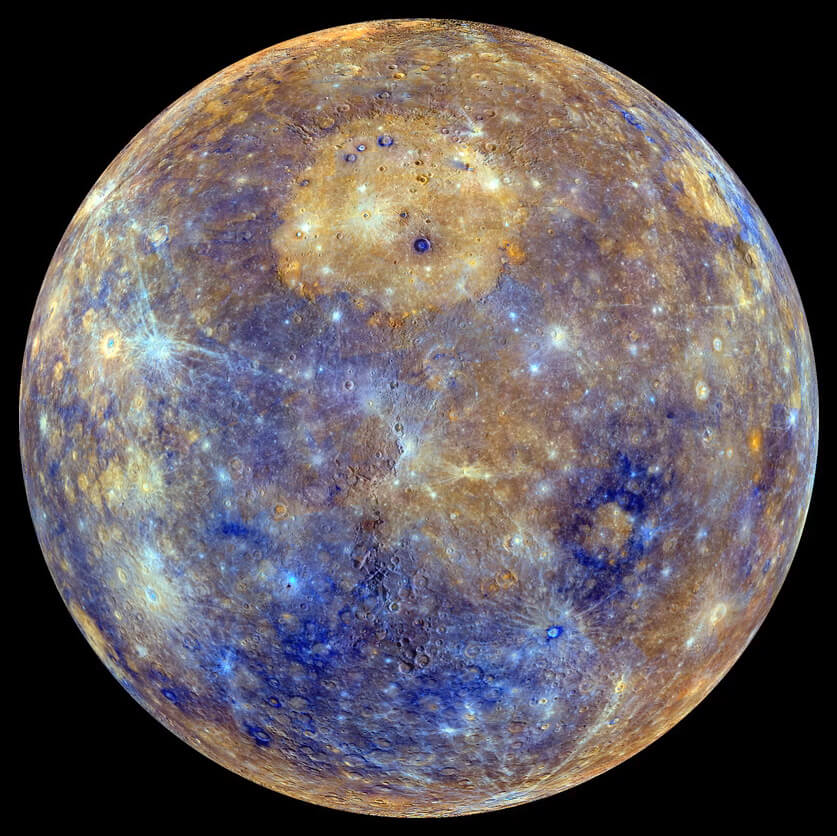
- Structure: Terrestrial planet
- Distance from Sun: 57.91 million kilometres
- Equatorial diameter: 4,879 km
- Polar diameter:4,879 km
- Equatorial circumference: 15,329 km
- Orbit distance: 57,909,227 km
- Mass: 3.285 × 10 to the power 23
- Time for sunlight to reach the planet from sun: 3.2 minutes
- Surface temperature: -173 to 427 degree Celsius
- Revolution time: 88 Earth days
- Atmosphere: Thin exosphereand magnetosphere. The exosphere contains helium, oxygen, sodiumand potassium
- Satellites: No satellites
Mercury, the planet that’s closest to the sun, can be seen from earth without the use of a telescope. The first person to observe this planet through a telescope was Galileo Galilei.Mercury travels at a speed of about 47 kilometres per second. The surface of this planet is very similar to the surface of Earth’s natural satellite, moon.
- Earth
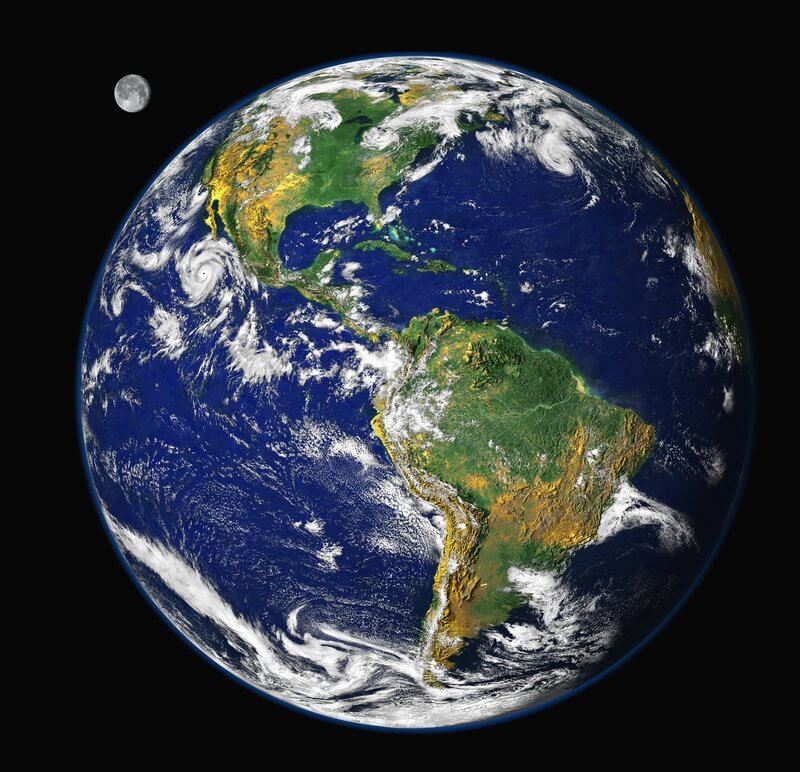
- Structure: Terrestrial planet
- Distance from Sun: 147 million km (1AU)
- Equatorial diameter:12,756 km
- Polar diameter:12,714 km
- Equatorial circumference:40,030 km
- Orbit distance: 149,598,262 km
- Mass: 5,972,190,000,000,000 billion kg
- Time for sunlight to reach the planet from sun: 7 minutes
- Surface temperature: -88 to 58 degree Celsius
- Revolution time: 365.26 Earth days
- Atmosphere: Consists of nitrogen, oxygen, carbon dioxide and other gases
- Satellites: One (Moon)
Earth, the fifth largest planet in the solar system, is the third hottest planet. It is the only planet in the solar system where life has been observed. The name earth is derived from the Greek word “Gaia”, which means terra matter. It is also believed that the name is inspired by the Roman word for fertile soil – “Tellus.”
- Mars
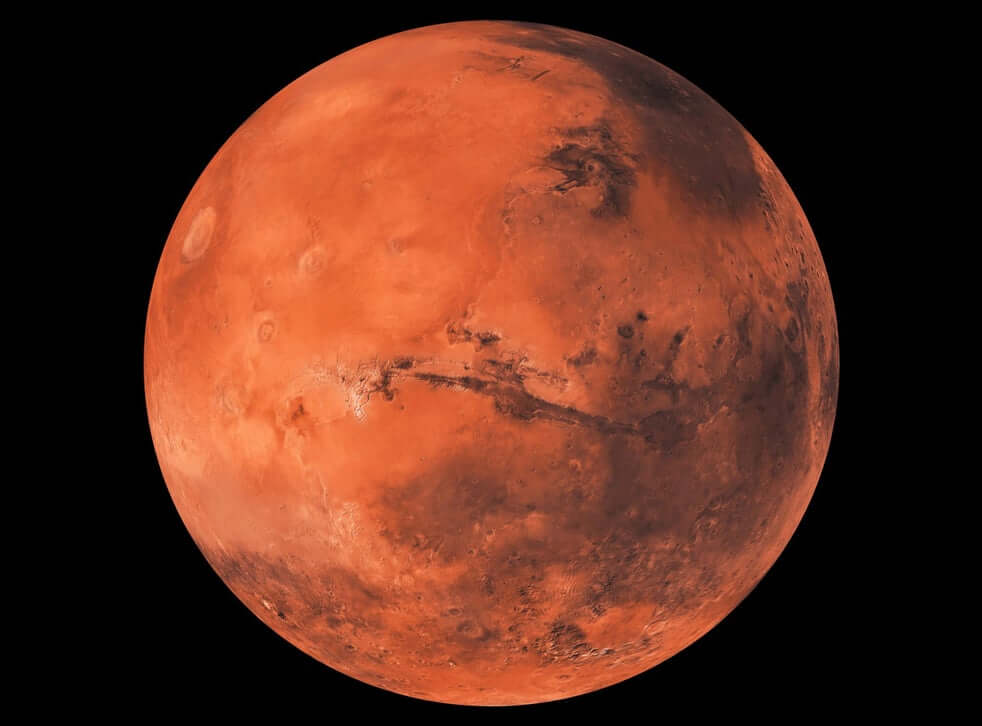
- Structure: Terrestrial
- Distance from Sun: 227.9 million km
- Equatorial diameter:6,805 km
- Polar diameter:6,755 km
- Equatorial circumference:21,297 km
- Orbit distance: 227,943,824 km
- Mass: 6.42 x 10 to the power 23 kilograms
- Time for sunlight to reach the planet from sun: 13 minutes
- Surface temperature: – 87 to -5 degree Celsius
- Revolution time:686.98 Earth days
- Atmosphere:Consists of carbon dioxide, argon and nitrogen gases
- Satellites: Two (Phobos & Deimos)
Mars, named after the Greek God of war, is believed to have had water once. A few astronomers believe that this planet has water even now. The planet has a dense core that is made up of iron, nickel and trace amounts of sulphur. Craters, plains and volcanoes have been observed on the planet surface.
- Jupiter
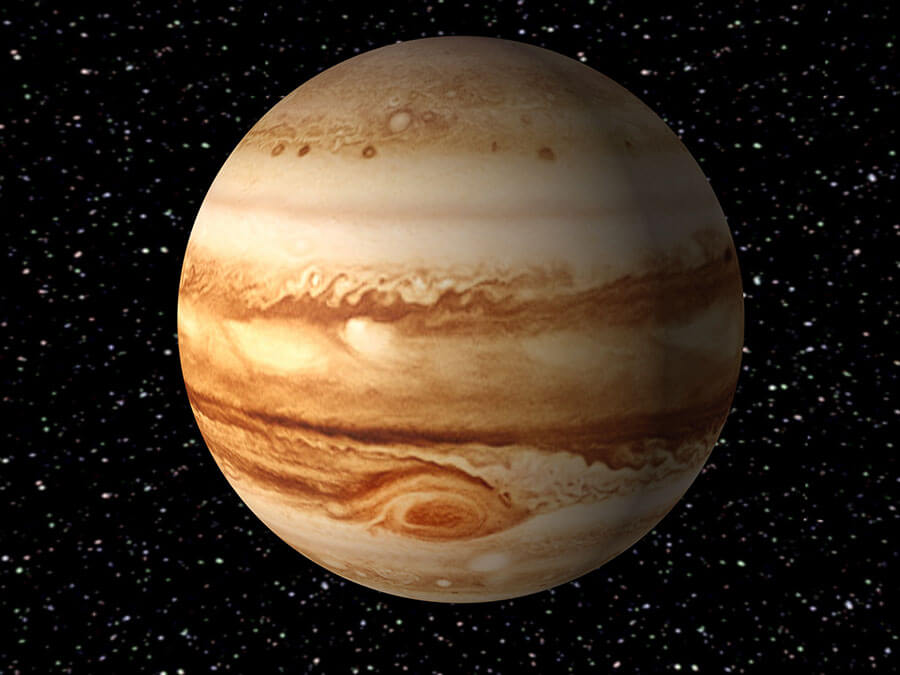
- Structure: Gas Giant
- Distance from Sun: 5.2 AU (Astronomical Units)
- Equatorial diameter:142,984 km
- Polar diameter:133,709 km
- Equatorial circumference:142,984 km
- Orbit distance:778,340,821 km
- Mass: 1,898,130,000,000,000,000 billion kg
- Time for sunlight to reach the planet from sun: 43.2 minutes
- Surface temperature: -108 degree Celsius
- Revolution time: 4,332.82 Earth days
- Atmosphere: Contains clouds of ammonia crystals and ammonium hydrosulphide
- Satellites: 67 moons with four notable moons (Io, Europa, Ganymede and Calisto)
Jupiter is the fifth hottest and the fifth planet from the sun. Though it is quite far from the central star, its day consist of just 10 hours. This means that one day on earth could be two and half days on Jupiter.
This planet’s magnetic field is 20 times stronger than the magnetic field of earth. The size of Jupiter is equal to that of 1,321 earths.
Also Read: Solar System For Kids- Planet and Facts about Solar System
- Saturn
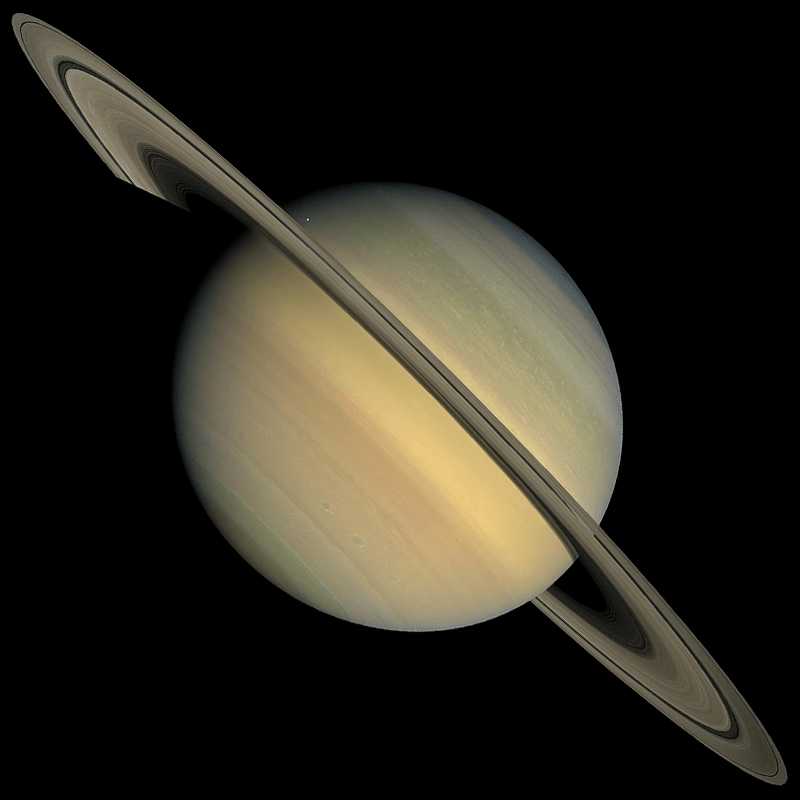
- Structure: Giant gas
- Distance from Sun: 9.6 AU
- Equatorial diameter:120,536 km
- Polar diameter:108,728 km
- Equatorial circumference:365,882 km
- Orbit distance:1,426,666,422 km
- Mass: 568,319,000,000,000,000 billion kg
- Time for sunlight to reach the planet from sun: 79.3 minutes
- Surface temperature: -139 degree Celsius
- Revolution time: 29.5 Earth years
- Atmosphere: Contains ammonia, ammonia sulphide and water
- Satellites: 62, with three notable moons (Titan, Rhea and Enceladus)
Saturn is also known as the ringed planet as it has more than 30 rings. You can see up to 3 rings in a normal telescope and up to 8 rings in a powerful telescope. This planet takes nearly 30 earth years to go round the sun. But it rotates around its axis in 10.6 hours. Saturn’s moon, the Titan is larger than Mercury. This planet weighs about 95 times the weight of earth.
- Uranus
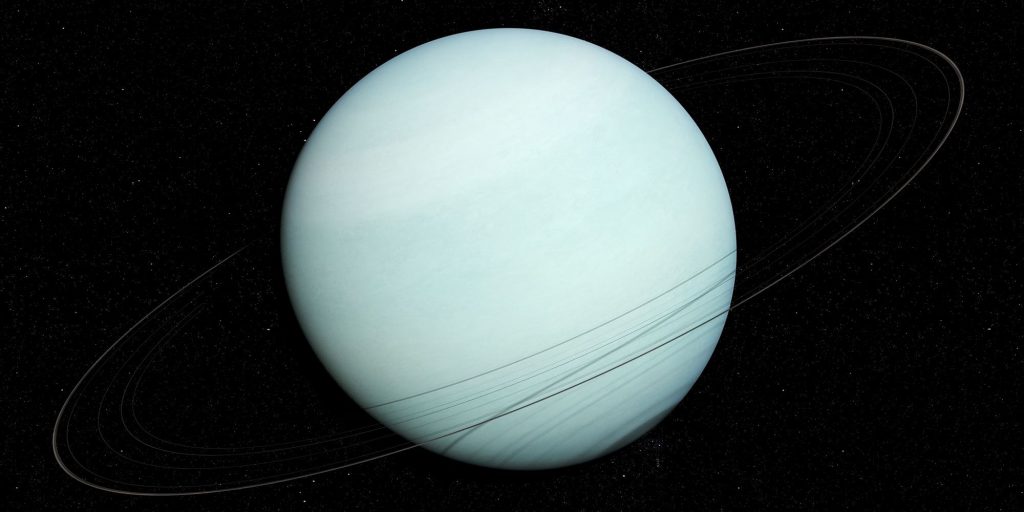
- Structure: Ice giant
- Distance from Sun: 19.2 AU
- Equatorial diameter: 51,118 km
- Polar diameter:49,946 km
- Equatorial circumference:159,354 km
- Orbit distance:2,870,658,186 km
- Mass: 86,810,300,000,000,000 billion kg
- Time for sunlight to reach the planet from sun: 159.6 minutes
- Surface temperature: -197 degree Celsius
- Revolution time: 84.02 Earth years
- Atmosphere: Contains hydrogen and helium
- Satellites: 13 moons, with 5 notable moons (Oberon, Titania, Miranda, Ariel and Umbriel)
The seventh planet of our solar system, Uranus was officially identified in the year 1781 by William Herschel. This planet is named after the Greek God, Ouranos. It rotates on its side, in an east-west direction, like Venus. This planet has 13 known rings and 27 observed natural satellites.
- Neptune
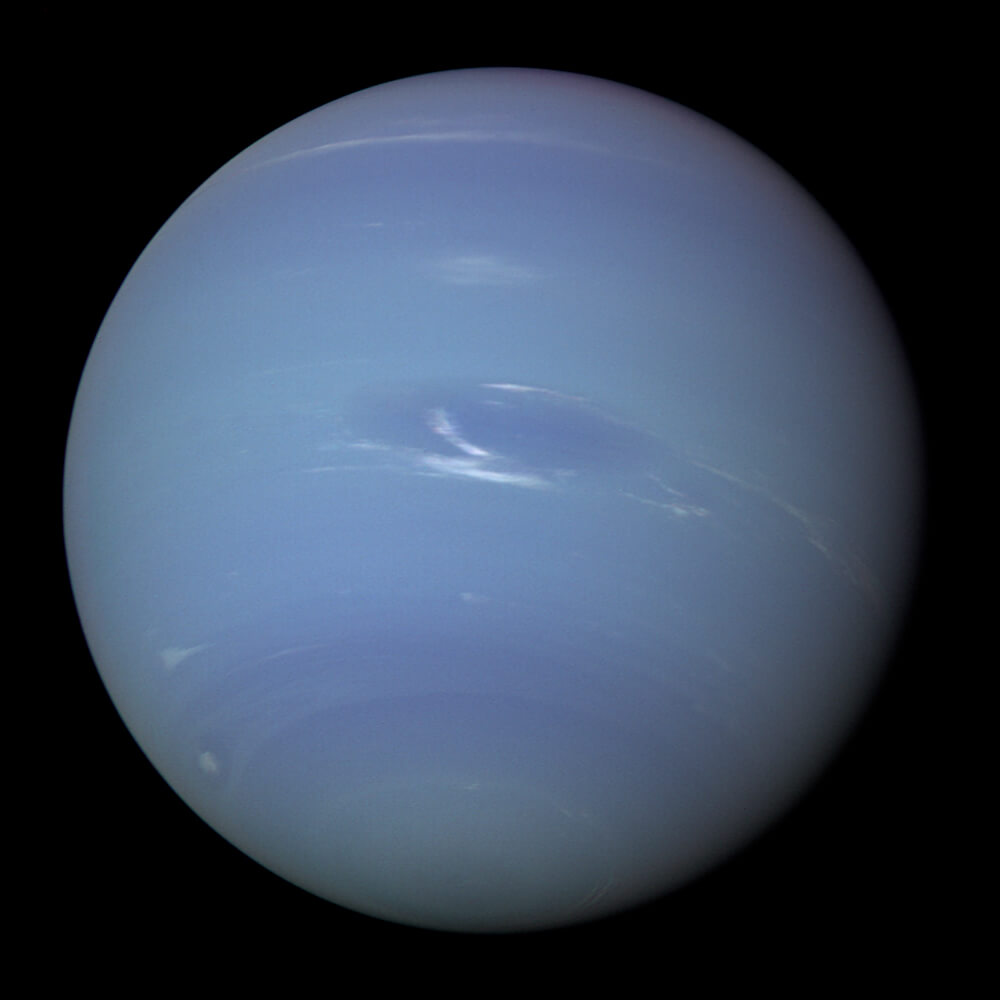
- Structure: Ice giant
- Distance from Sun: 30 AU
- Equatorial diameter:49,528 km
- Polar diameter:48,682 km
- Equatorial circumference:155,600 km
- Orbit distance:4,498,396,441 km
- Mass: 102,410,000,000,000,000 billion kg
- Time for sunlight to reach the planet from sun: 4.1 hours
- Surface temperature: -201 degree Celsius
- Revolution time: 165 Earth years
- Atmosphere: Contains methane, hydrogen, and helium
- Satellites: 14 with 1 notable moon (Triton)
This massive ice giant planet has 14 known natural satellites and the fastest windspeeds of all the planets. The first record of this planet was made by the astronomers, Urbain Jean Joseph Le Verrier & Johann Galle on September 23, 1846. Its moon, Triton is the only natural satellite that has retrograde rotation.
The bright lights in the distant sky have always captured our interest and captivated our imaginations.
From ancient times, astronomers have been searching the endless expanse of the universe to find more about what’s in it and how it came to be formed.
Now, we are using sophisticated tools and technologies in our astral search. But then there is still a long way to go. The scientists believe that there could possibly be other such solar systems in the universe with its own set of planets and natural satellites. Do you think such a thing is possible? Is there life out there? Share your thoughts and ideas with us.
Recent Blogs
Our Educational Services
Popular Blogs
Subscribe

SUBSCRIBE TO OUR NEWSLETTER
Sign Up and Recieve the Latest News
Don’t Worry, We Don’t SpamExplore Our Extensive Researched Educational App Directory
Visit Now

















